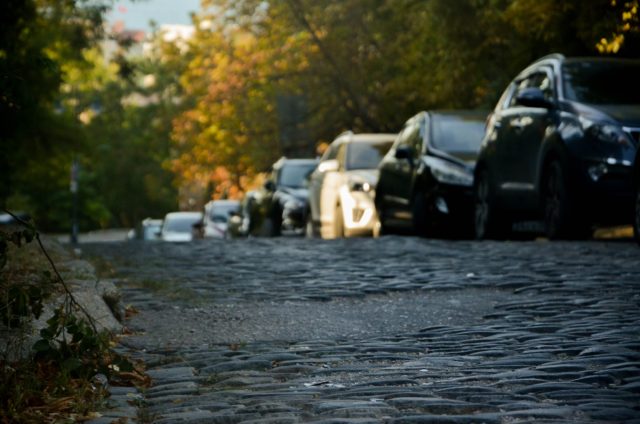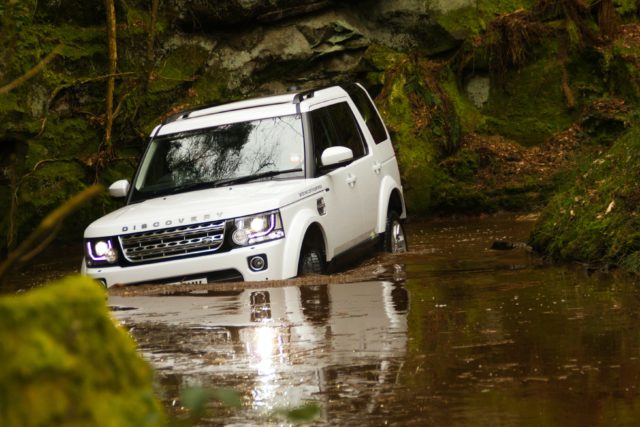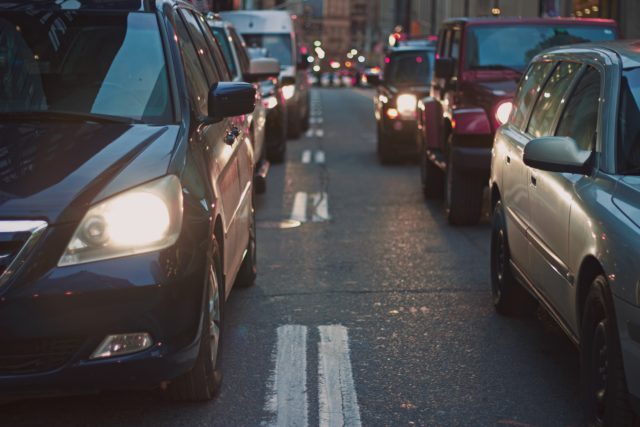The Philippines is no stranger to typhoons and floods. In fact, a lot of them come and go in varying degrees—some with strong winds, others with strong rains or even a bad combination of both.
Just recently, we were hit with strong winds and intense rains from Typhoon Ulysses (Vamco). This resulted in floods, fallen trees, and property damage, which have left many people stranded without electricity, and worse, without homes. Plus, the aftermath was just as bad—cars, infrastructures, and a lot of things were damaged and tons of cleanup had to be done after.

Photo from Unsplash
Now comes the problem for a lot of car owners: water-damaged cars. By the very name itself, this refers to a car that has taken in some water—whether it’s past the wheels, high enough to get inside the car, or if the car itself was completely submerged. Take note that most cars can handle going through big puddles on a rainy day, but if a car takes in too much water at once (in this case, a heavy flood), then yes, it will be damaged.
And if you’re a car owner with a water-damaged car, we hope this guide helps you out.
What to Do With Your Water-Damaged Car
According to an article by Afterflood (a crowdsourced data hub for what to do after a flood) and Cash Cars Buyer, here are some helpful tips to note:
1. When in Doubt, Do NOT Start the Car
When your car has been fully submerged or even when the engine has water in it (AKA hydro-locked, which means that it won’t function anymore), take the key out of the ignition and do not start it! If you attempt to do that, you can ruin the engine, thus leaving you with an even more expensive repair cost. Instead, ask a towing company to bring your car to a mechanic.
However, if your car was not fully submerged and you’re still not sure if it can run, do not start it until you and a professional have carefully assessed the car’s condition.
2. Check the Damage
Determine the damage done to your car. Check how deep it was submerged and if there were any mud or debris caught in the interior. Usually, the dirt leaves a water line on the car, which you can use as a basis for how deep the car was submerged.
3. Call Your Insurance Company if Your Car Has Insurance
Double-check with your insurance company and see what your policy covers with regards to repairs or replacement. Since insurance companies will be flooded with claims, you better start early on this one.
4. Do Some Initial Clean Up
Open up the doors and windows and let your car dry out, provided that it’s still not raining outside. You can also wipe off the mud and dirt outside the car and on the seats.
If your carpets, floor mats, seat padding, and upholstery can still be saved, wash them properly and let them dry. But if not, replace them with new ones. Take note that mold grows quickly if you don’t dry those properly, and you’re better safe than sorry.
Depending on whether or not your car has insurance, these repairs may be covered by your policy.
5. Check the Engine
Disclaimer: Don’t touch or remove anything in the engine unless you know what you’re doing. When in doubt, seek help from a professional or someone knowledgeable.
Check the oil level and your air cleaner. If there’s water in the dipstick or if the level of the oil is high, do not even attempt to start the engine. Conversely, if the air filter has water in it, do. Not. Start. Your. Car.
Next, check all other fluids for signs of contamination. These include your brake, clutch, power steering, and coolant, among others. Usually, older cars will need to have their fuel systems drained, but the ones on newer model cars are usually sealed.
6. Check the Electrical Systems
Disclaimer: This step only applies if your car was not totally submerged and if the engine did not get wet.
In order to determine if your car is okay to start, check the electricals: the headlights, turn signals, power locks, windows, seats, air conditioning, and the like. If something doesn’t work, such as the transmission and the way the car runs, have it sent to a mechanic.
7. Check the Wheels and Tires
First off, make sure to set the parking brake before going under the car. Dirt and debris may have gotten lodged in the wheels, brakes, or even underneath the car. Remove them, since this can cause further damage, especially if you plan on running it.
8. Send Your Car to a Mechanic or to Your Dealer
Ultimately, a mechanic or your car dealer would know what to do with your car. The aforementioned steps are just preliminary measures that you can take in order to have an idea about your car’s condition. But when it comes to assessing and eventually repairing the car, the professionals know their way around things, so it’s best to leave it up to them.
Remember: Flood-Damaged Cars Don’t Run Like They Used To
Depending on how severe the damage is on the car, it may experience problems months or even years after. As the car owner, you then have to decide if you’re willing to risk paying more in favor of keeping your car, or if you’d rather replace the car instead.

Photo from Unsplash
To Repair or to Replace?
Not sure whether to repair the car or to just get a new one altogether? Aside from assessing the damage and the cost, you also need to consider how old your car is and its overall condition. Older cars may already come with issues from wear and tear, along with prolonged use. This, along with the repercussions from flood damage may further affect the car’s performance.
The value of your car in relation to your repair costs is just as important. If the repairs are much too costly, it may be better to just get a new one. Also, take into consideration just how much your insurance company is willing to shoulder in terms of costs.
What to Expect While Buying a Secondhand Car?
In turn, as a buyer, you need to be cautious about buying secondhand cars, especially flood-damaged replacements. Some car dealers may just clean up and resell these kinds of cars, so make sure to check the title. Look out for clues like “salvage” or “flood damaged.” Those are clear warning signs that you should be careful with.

Photo from Pexels
In addition, it’s best if you get a comprehensive check on the car’s history. Check where the car originated and if it was retitled. And be very particular about the car’s last location. If it was moved and re-titled from a flood-prone area or an area that was just affected by a flood, chances are the seller may be hiding the fact that the car is flood-damaged.
[Also Read: LIST: Where to Donate for Typhoon Ulysses Victims]
What are other tips that you think every car owner should know?
Do you have a story for the WhenInManila.com Team? Email me at diane.wheninmanila@gmail.com or send a direct message to our WhenInManila.com Facebook Page. Interact with the team and join the WhenInManila.com Community at WIM Squad and join us on Viber for updates!




